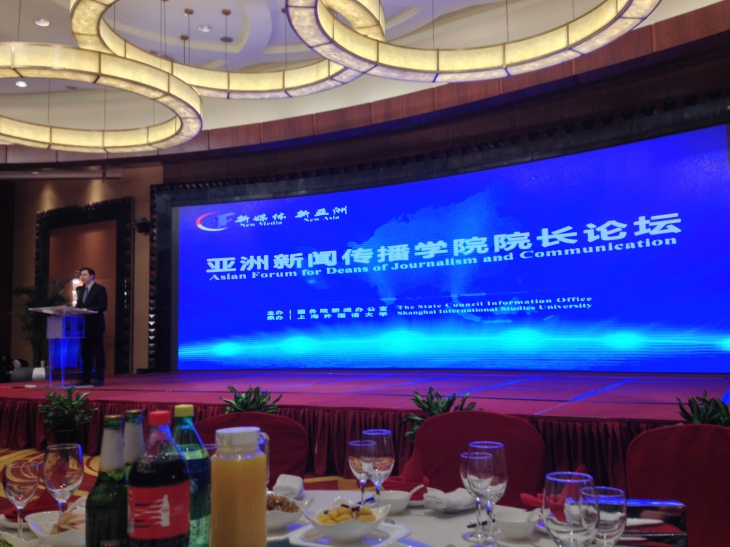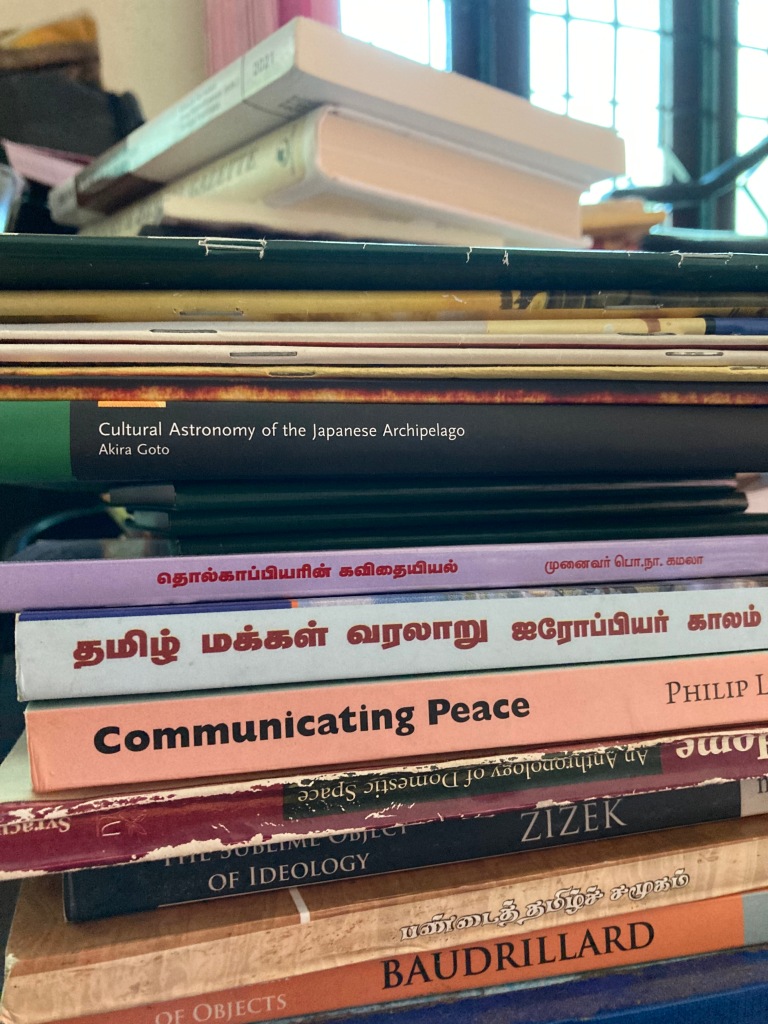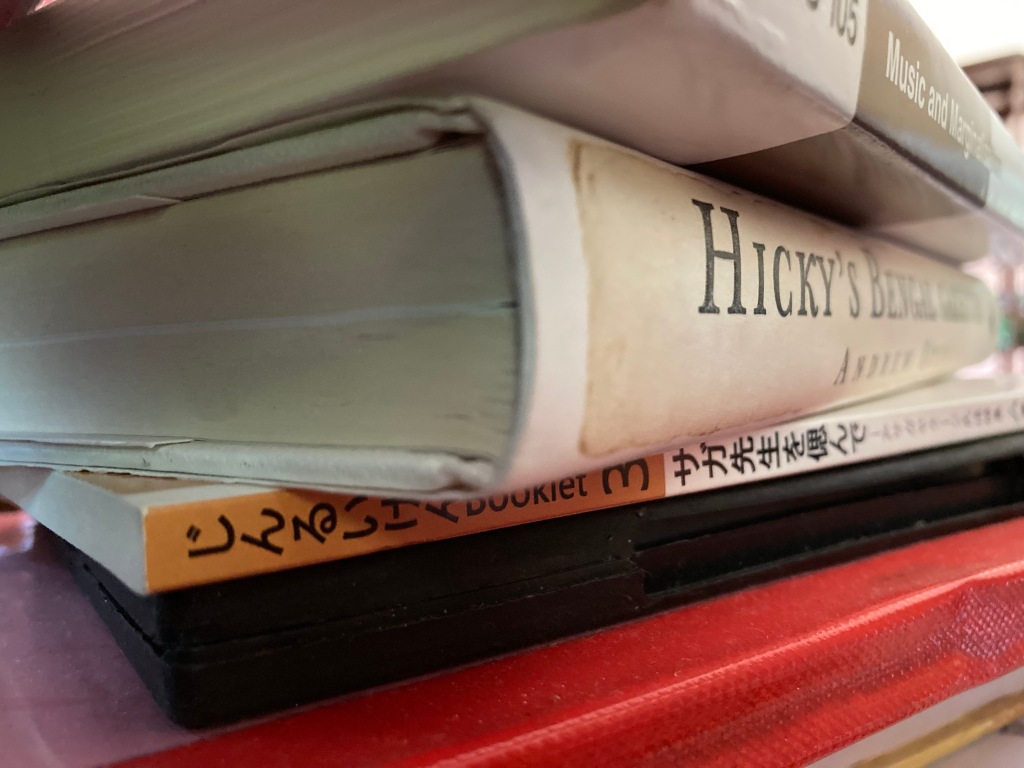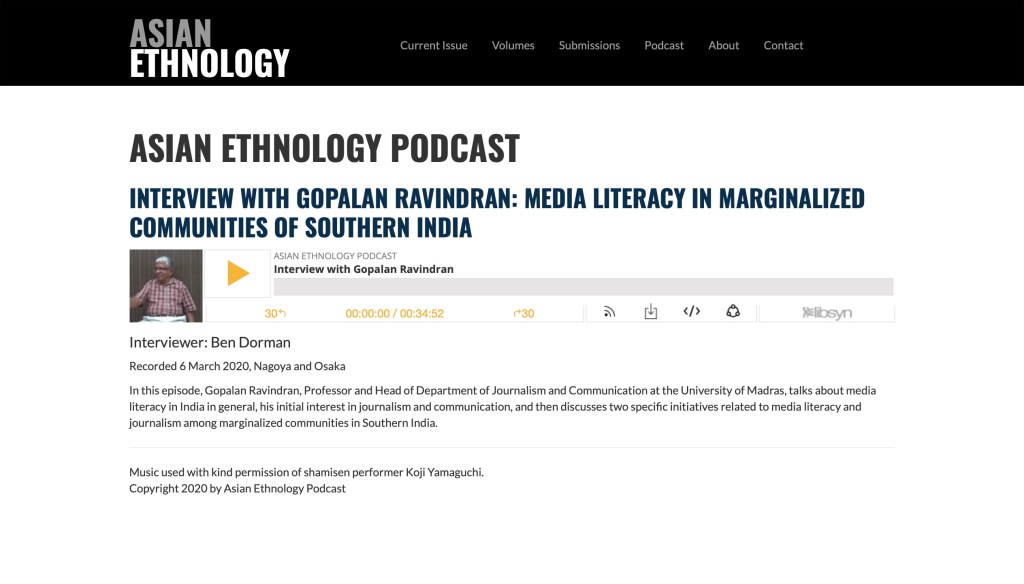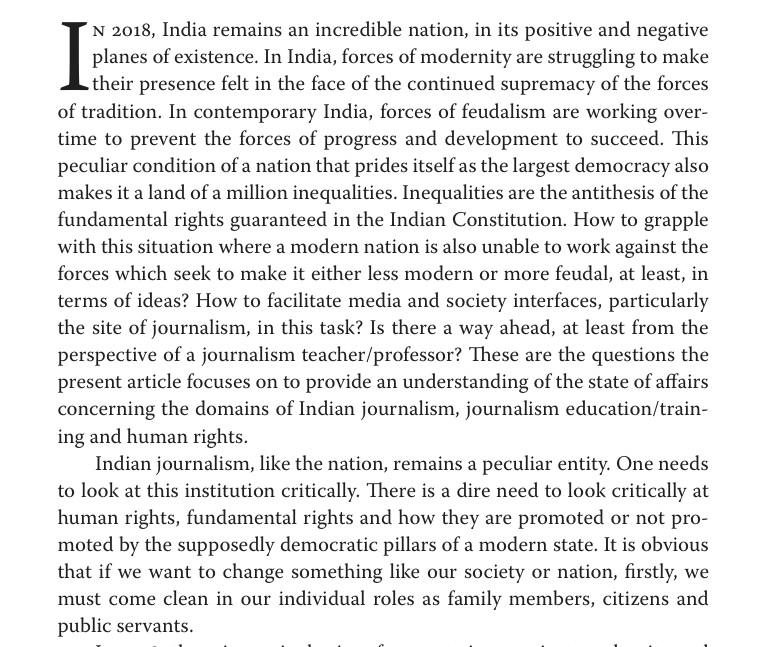 The Shanghai International Studies University (SISU) and the State Council Information Office hosted the Asian Deans’ Forum in Journalism and Communication during November 30-December 01,2006 at Shanghai. One conventional way to relate to the power of a spatial site is the size. Asia, China and Shanghai fit well in this logic to express their contemporary merits powerfully. The size matters in China when it comes to the number and categories of Universities. There are more than 2000 Universities, excluding the elite 211 institutions which are part of the 211 project. The Universities belong to 15 categories ranging from National, Normal, Comprehensive, Provincial, Municipal, Military etc.,
The Shanghai International Studies University (SISU) and the State Council Information Office hosted the Asian Deans’ Forum in Journalism and Communication during November 30-December 01,2006 at Shanghai. One conventional way to relate to the power of a spatial site is the size. Asia, China and Shanghai fit well in this logic to express their contemporary merits powerfully. The size matters in China when it comes to the number and categories of Universities. There are more than 2000 Universities, excluding the elite 211 institutions which are part of the 211 project. The Universities belong to 15 categories ranging from National, Normal, Comprehensive, Provincial, Municipal, Military etc.,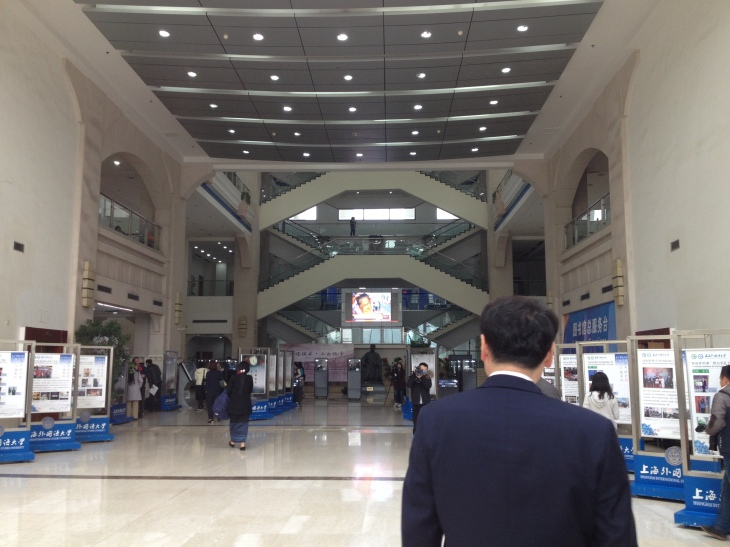
The conference was no different in terms of the scale of organisation and the vision China has for Asia in matters of Journalism and Communication education. Prof.Guo, Dean, School of Journalism and Communication, SISU led the grand event with his sincere and professional approach, without losing his cool. According to him, the objective of the Forum was to “engage leading Asian scholars in constructive dialogues to respond to the opportunities and challenges created by the new media and to bring out fresh insights into the function and development of Asian journalism and communication and the advancement of the Asian Community in the new media environment.”
The opening and closing sessions were brimming with a unique Chinese character. The opening session more than a typical conference inaugural that we are used in other parts of Asia. It had a good mix of officials and academics holding forth on the objectives of the conference. The speeches were very short and to the point. The closing session had no officials on the dais. The academics from China and other Asian countries summed up the salient points of different academic sessions.
I was fortunate to spend ample time with two senior communication scholars. Prof.Kaarle Nordenstreng from Finland and Prof.Irfan from Turkey. I managed to get their versions of history of Journalism and Communication as academic fields.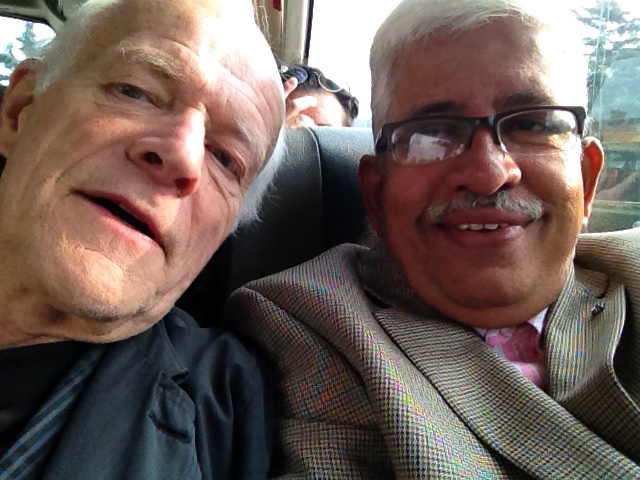
The first day sessions were held in a hotel and we moved to the School of Journalism and Communication,SISU, on the second day (December 01, 2016). It is a sprawling campus on the outskirts of Shanghai (60+ Kms). The size of the buildings of the individual schools was larger than any of the large main administrative or academic wing of an Indian state/central University. For instance, the building which houses the School of Journalism and Communication is larger than the main administrative building of University of Madras.
There was an interesting exhibition showcasing the equipment of the past used by the faculty and students of the School in the foyer. There was a typewriter, Pentax 1000 SLR camera and a beta recorder, among other vintage equipment. A huge television screen had a frozen image of Fidel Castro.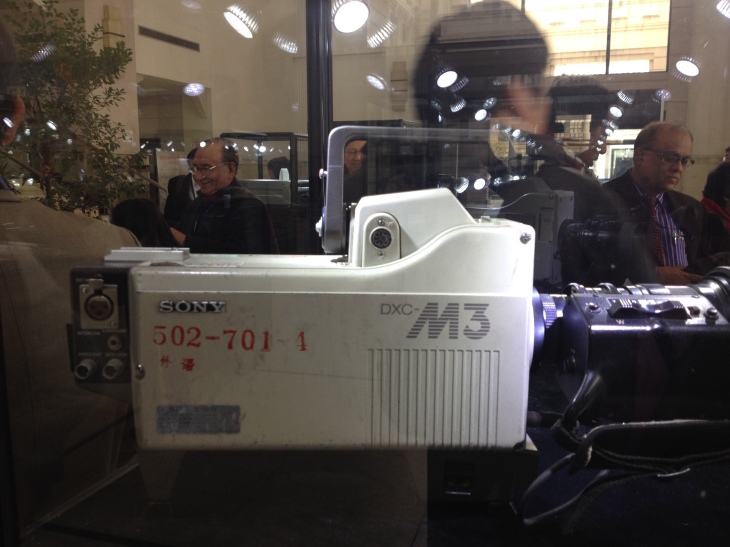
The conference was made to register itself as a landmark event by the School of Journalism and Communication, thanks to the very professional approach of nearly 100 student volunteers. We normally struggle to find good student volunteers on that scale.
Chinese conferences are about documenting the group of delegates visually through very innovative methods to enable the hosts and participants to nurture their memories with the help of calendar size prints of group photos. Prof.Kim from South Korea, one of the frequent visitors to Chinese Universities said in a lighter vein that he does not have wall space in his house to accommodate the group photo prints he has collected in China. The group photo was made possible by a drone-enabled camera.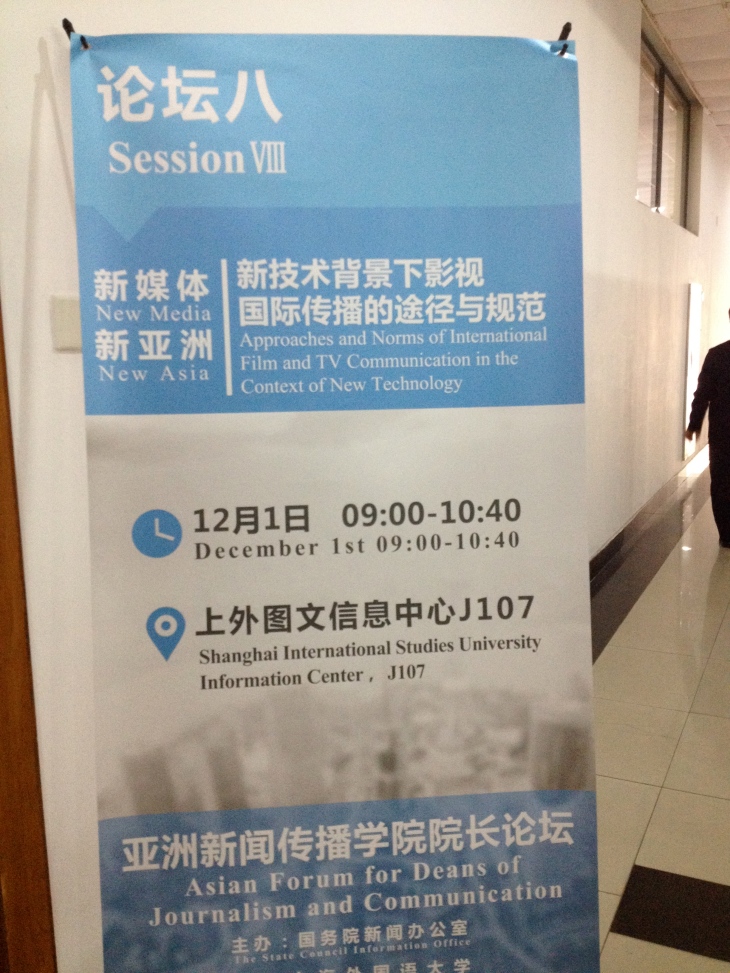
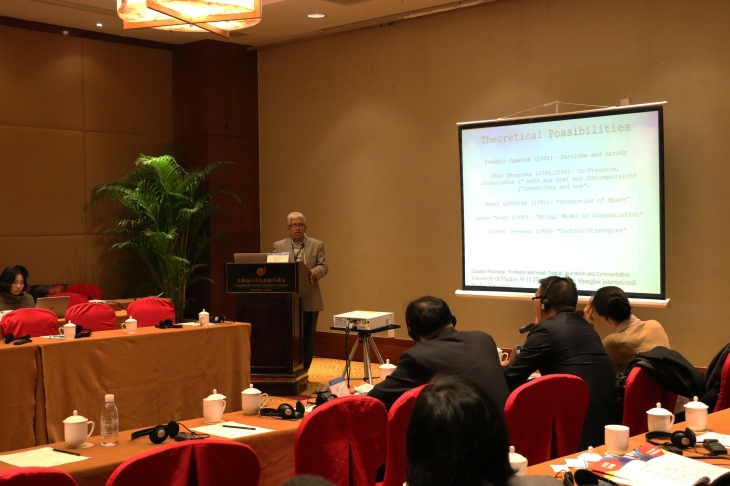 The most substantive highlight of the conference was the presence of a delegates from all regions of Asia – from Mongolia to Turkey. The icing on the cake was the revealing presentations on the state of affairs in Journalism and Communication education in countries small and big – from Cambodia to China. There were very articulate pleas for getting away from the Western modes of engagements and getting closer to Asian ways of engagements in Journalism and Communication research and education.
The most substantive highlight of the conference was the presence of a delegates from all regions of Asia – from Mongolia to Turkey. The icing on the cake was the revealing presentations on the state of affairs in Journalism and Communication education in countries small and big – from Cambodia to China. There were very articulate pleas for getting away from the Western modes of engagements and getting closer to Asian ways of engagements in Journalism and Communication research and education.